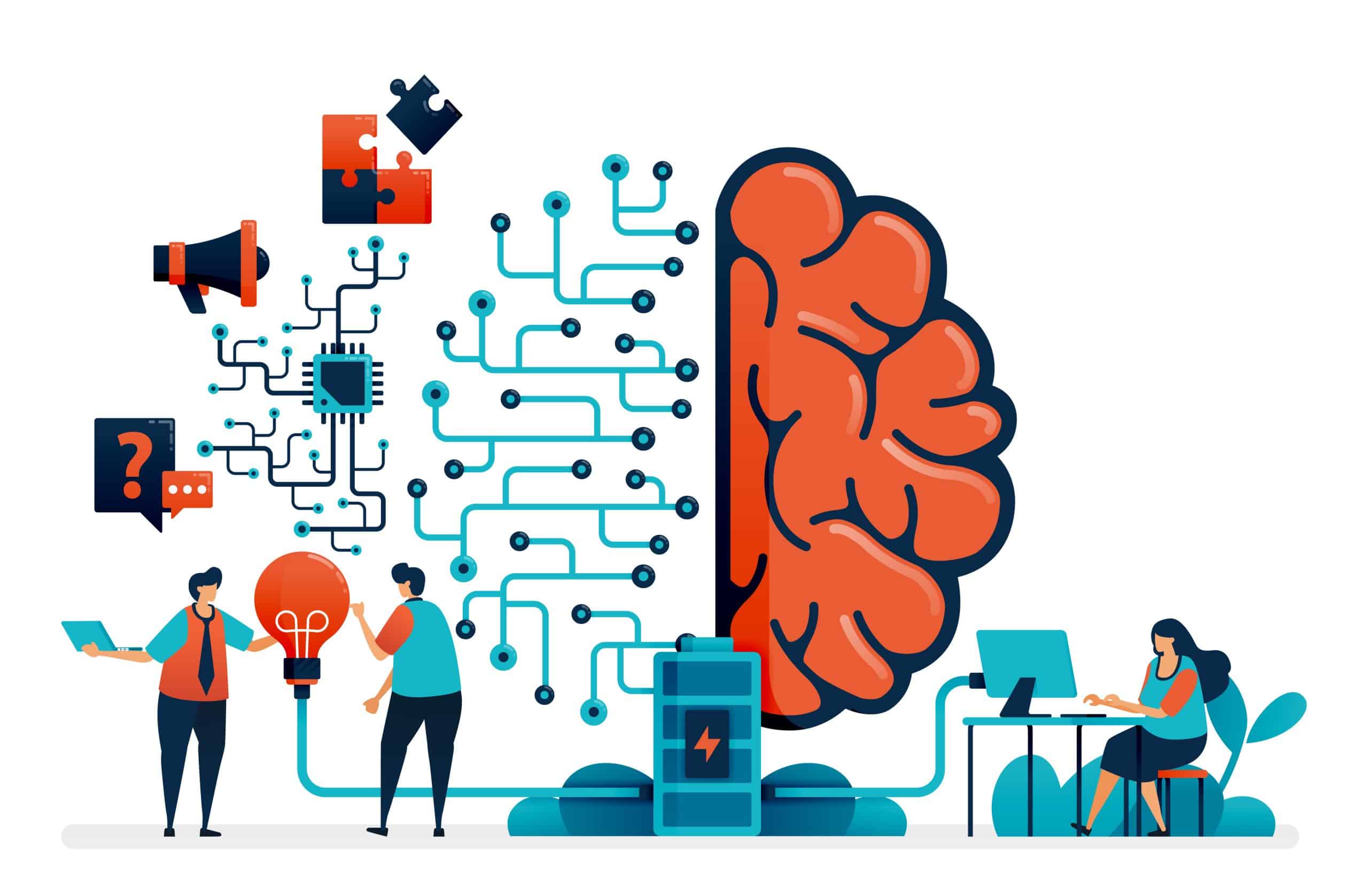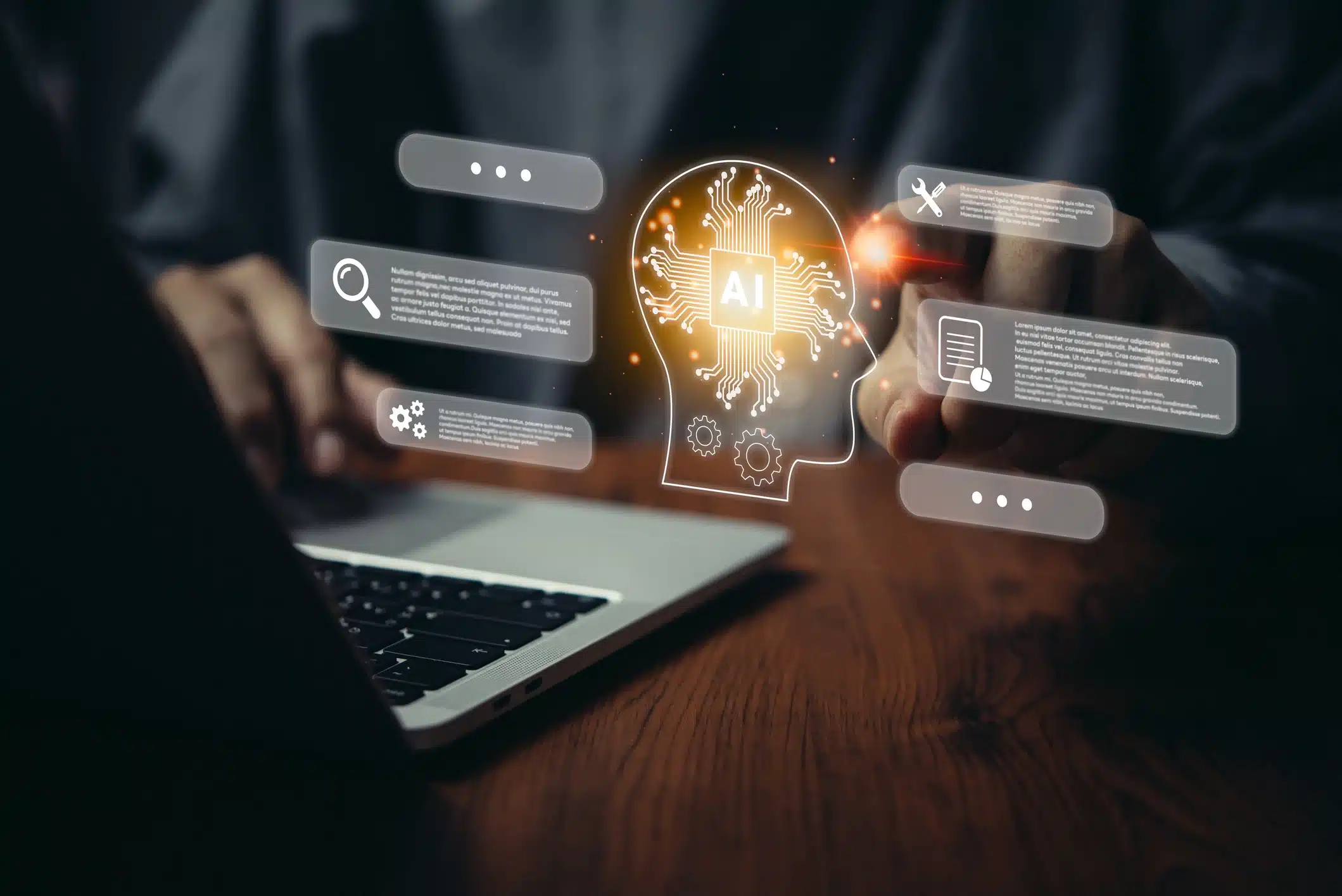- 🤖 Artificial intelligence and machine learning are enhancing digital marketing by optimizing tasks and personalizing user interactions.
- 🗣️ Voice search and commerce are growing, urging brands to adapt their SEO strategies to accommodate conversational queries.
- 🌟 Augmented and virtual reality are transforming retail industries with immersive shopping experiences and interactive product try-ons.
- 📹 Video content remains dominant, with short-form and interactive videos boosting engagement on platforms like TikTok and Instagram Reels.
- 🎯 Personalization at scale is advancing, allowing brands to provide hyper-personalized content to improve consumer interaction and satisfaction.
- 🛍️ Social commerce is connecting online shopping with social media, creating a seamless shopping experience and new opportunities for influencer partnerships.
As we navigate the fast-evolving digital landscape, the year 2025 beckons with transformative trends poised to redefine the marketing landscape. From leveraging cutting-edge technology like artificial intelligence and machine learning to embracing novel consumer behaviors shaped by augmented reality, virtual reality, and voice commerce, the future of digital marketing is about personalization, engagement, and seamless experiences. Here’s a deep dive into the major trends that digital marketers need to master to craft impactful strategies and campaigns in 2025.
AI and Machine Learning: The Powerhouses of Digital Marketing Innovation
Artificial Intelligence (AI) and Machine Learning (ML) have solidified their role as transformative forces in digital marketing. By 2025, their application will be even more profound, offering:
- Enhanced Personalization: AI-driven insights allow for more personalized customer interactions, which translate into higher engagement and conversion rates. By analyzing consumer behavior in real-time, marketers can craft tailored content that resonates with individual preferences.
- Efficient Task Automation: From managing customer segmentation to content creation, AI tools are streamlining repetitive tasks, allowing marketing teams to focus on strategy and innovation.
- Advanced Predictive Analytics: Machine learning algorithms improve forecasting accuracy, helping brands anticipate consumer trends and adjust their strategies accordingly.
Voice Search and Commerce: Revolutionizing SEO Strategies
With the widespread adoption of smart devices, voice search has moved to the forefront, demanding a shift in SEO tactics. By optimizing for conversational queries, brands can capture a significant portion of this burgeoning market.
- Conversational Keywords: As consumers use natural language to make queries via voice-assisted devices, the focus should be on long-tail, conversational keywords.
- Enhanced User Experience: Companies need to ensure their websites provide comprehensive answers to voice queries, offering easy navigation and quick access to relevant information.
- Voice-Commerce Integration: The seamless transition from voice search to purchase can set brands apart in this competitive landscape, requiring integration of voice-enabled shopping solutions.
Augmented and Virtual Reality: Innovating Retail Experiences
Augmented Reality (AR) and Virtual Reality (VR) are no longer confined to gaming; they have ventured into retail, offering consumers immersive and engaging shopping experiences.
- Interactive Try-Ons: Technologies like virtual make-up applications and furniture layouts in one’s home are examples of AR creating value for consumers by enhancing the shopping experience.
- Customer Engagement: Businesses using AR and VR can differentiate themselves by offering experiences that engage and convert potential buyers.
- Investment in AR Platforms: To fully leverage these technologies, brands must invest in AR applications tailored to their industry, such as fashion or real estate, to offer innovative solutions and draw competitive advantages.
Video Content: The Reigning Monarch of Digital Engagement
Video content is set to remain a dominant form of engagement, with platforms prioritizing short-form and interactive formats.
- Short-form Videos: Platforms like TikTok, Instagram Reels, and YouTube Shorts are leading the charge in engaging audiences with concise, impactful video content.
- Increased Interactivity: Utilization of live streaming and interactive tools like polls within videos can significantly increase viewer engagement.
- Creative Tools: Marketers can leverage tools such as InShot and Canva to easily produce high-quality video content that aligns with current consumer preferences.
Personalization at Scale: The Pinnacle of Consumer Engagement
Personalization is no longer a novel idea but a necessity, and it’s expected to evolve into hyper-personalization by 2025. This involves:
- Dynamic Content Platforms: Investing in platforms like HubSpot or Marketo that allow brands to craft personalized messages and recommendations at scale.
- Contextual User Journeys: Designing customer experiences that dynamically adjust based on user data and preferences for more meaningful interactions.
Social Commerce: Merging Social Interactions with Shopping
The convergence of social media and e-commerce is reshaping the shopping journey, making the concept of social commerce more prevalent.
- Shoppable Social Content: Brands need to create compelling, interactive content that not only engages but also converts by seamlessly integrating shopping experiences on social platforms.
- Influencer Collaborations: Connecting with influencers can broaden brand reach and build credibility in an ever-social first environment.
Preparing for the Future of Marketing
Staying ahead in digital marketing requires a blend of technological adoption, strategic planning, and a focus on authentic consumer interactions. Brands that can integrate these trends effectively will not only stay relevant but thrive in the evolving marketplace by offering differentiated, meaningful experiences to their audiences.







